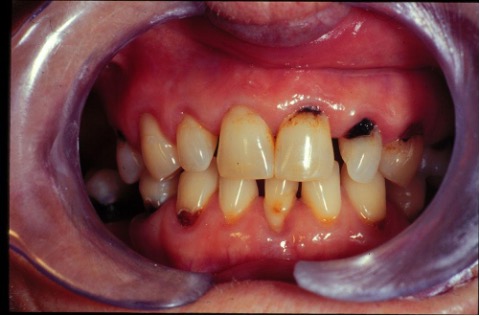Tooth decay is the second most common disease in The Bahamas after the common cold. Interestingly, many years ago the disease called Dental Caries did not really exist.
In this column, we will discuss the various risk factors that affect the likely-hood of becoming a victim of tooth decay among children and adults.
Tooth enamel is the strongest substance in the human body, that cannot repair itself. Only a dental filling can restore a tooth to it natural shape and size. Despite the tenacity of tooth enamel, we see more cavities in modern times than thousands of years ago.
Research shows that ancient hunters had cavities in only about 14% of their teeth, and some had almost no cavities at all. When farming became prominent and grain and other carbohydrates took over the plate, this made the human mouth a reservoir for bacteria that destroy tooth enamel. Farmers cavity rate increased to 48% of their teeth, leading scientists to assume that a human jaw with lots of cavities probably came from a farming society.
Today, almost half of all 8-year old children have signs of decay on their teeth. Many children, like their adult parents have what is called a high cavity risk index. This index determines how likely a child or adult will get cavities during their life time. Some children are at more risk to get cavities than others.
The first risk factor is family history based on genetic predisposition. It’s a higher chance that a child will have several cavities, just because a parent had cavities.
The second risk factor is the shape and/or the structure of the teeth. This means, if the child has flat teeth and nothing ever get stuck to them, then they probably will not have as many cavities. Alternatively, if a child has deep grooves and various sticky foods get stuck in the grooves then a cavity is more likely.
The third risk factor is the proximity of teeth or how they are arranged. Kids and adults who have spaces between their teeth, very rarely will they have cavities. That’s because nothing gets caught between the teeth. If your child has teeth that are close together, or even worse, if the teeth overlap these kids tend to get more cavities. The challenge here is that over-crowding makes it very difficult to clean properly.
Perhaps the largest risk factor are the food choices and oral hygiene habits. Sugar and carbohydrates increase the chance of cavities dramatically. The sticky sugar attracts bacteria, form acids and then dissolve the enamel creating holes or cavities in the teeth. Tooth decay can lead to tooth abscesses, which may result in the tooth having to be removed.
Several risk factors are associated with the possible development of tooth decay. Most risk factors cannot be controlled; however, brushing, flossing and rinsing your mouth immediately after consuming sugar will go a long way in prevention. Managing these risks, especially practicing good behavioral choices go a long way toward healthy teeth and a healthy body.
Dr. Kendal V. O. Major is Founder and CEO of Center for Specialized Dentistry which is a comprehensive family dental practice operating in Nassau and Freeport. He is the first Bahamian Specialist in gum diseases and dental implants since 1989. He also is a certified Fast braces provider. His practice is located at 89 Collins Avenue, Nassau at (242)325-5165 or [email protected]

Schematic showing stages of decay from deep grooves on teeth

Poor habits like not brushing or rinsing properly cause root decay.

Back teeth like Molars usually have deep crevice and pits that attract food and sugar





